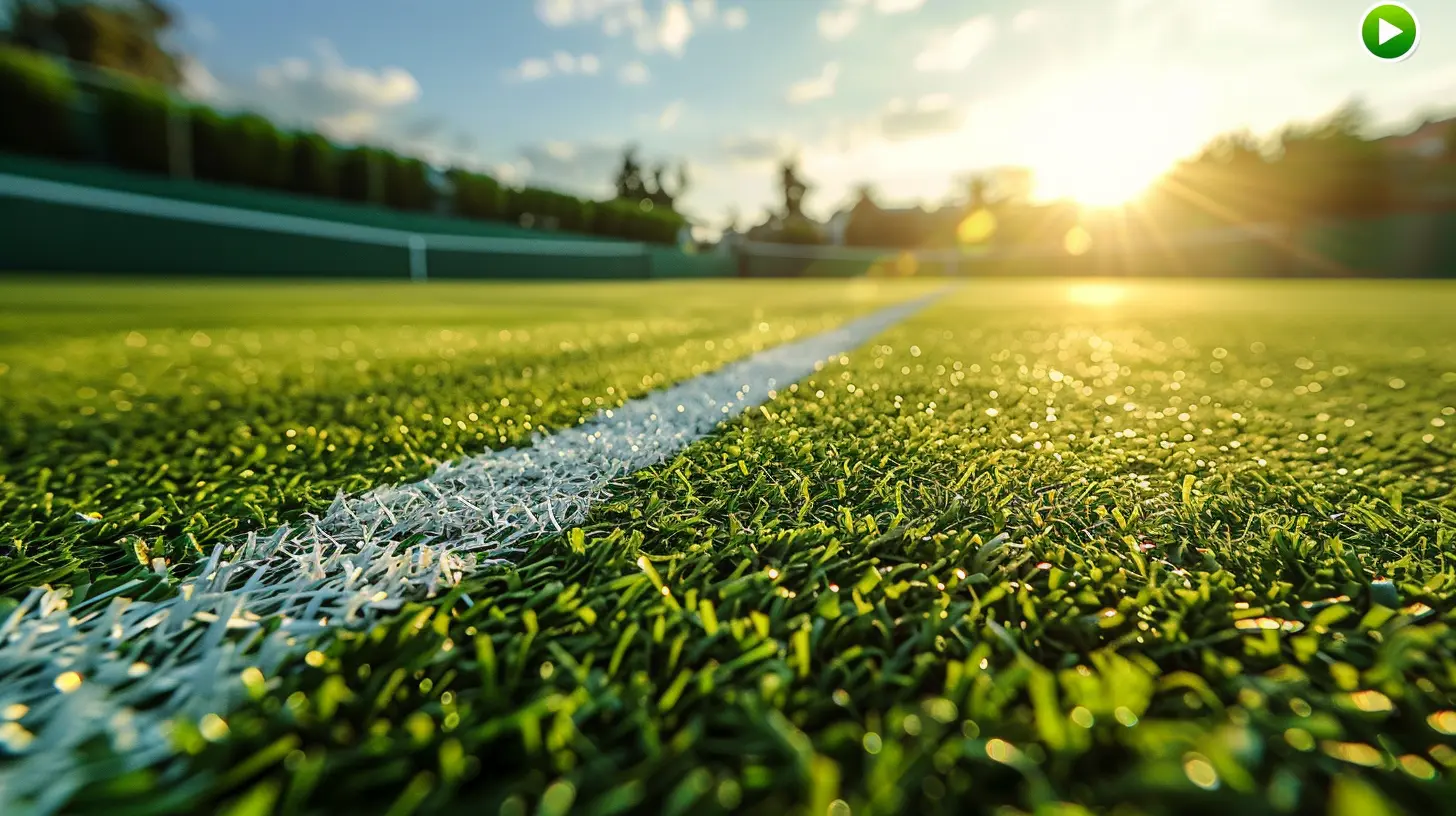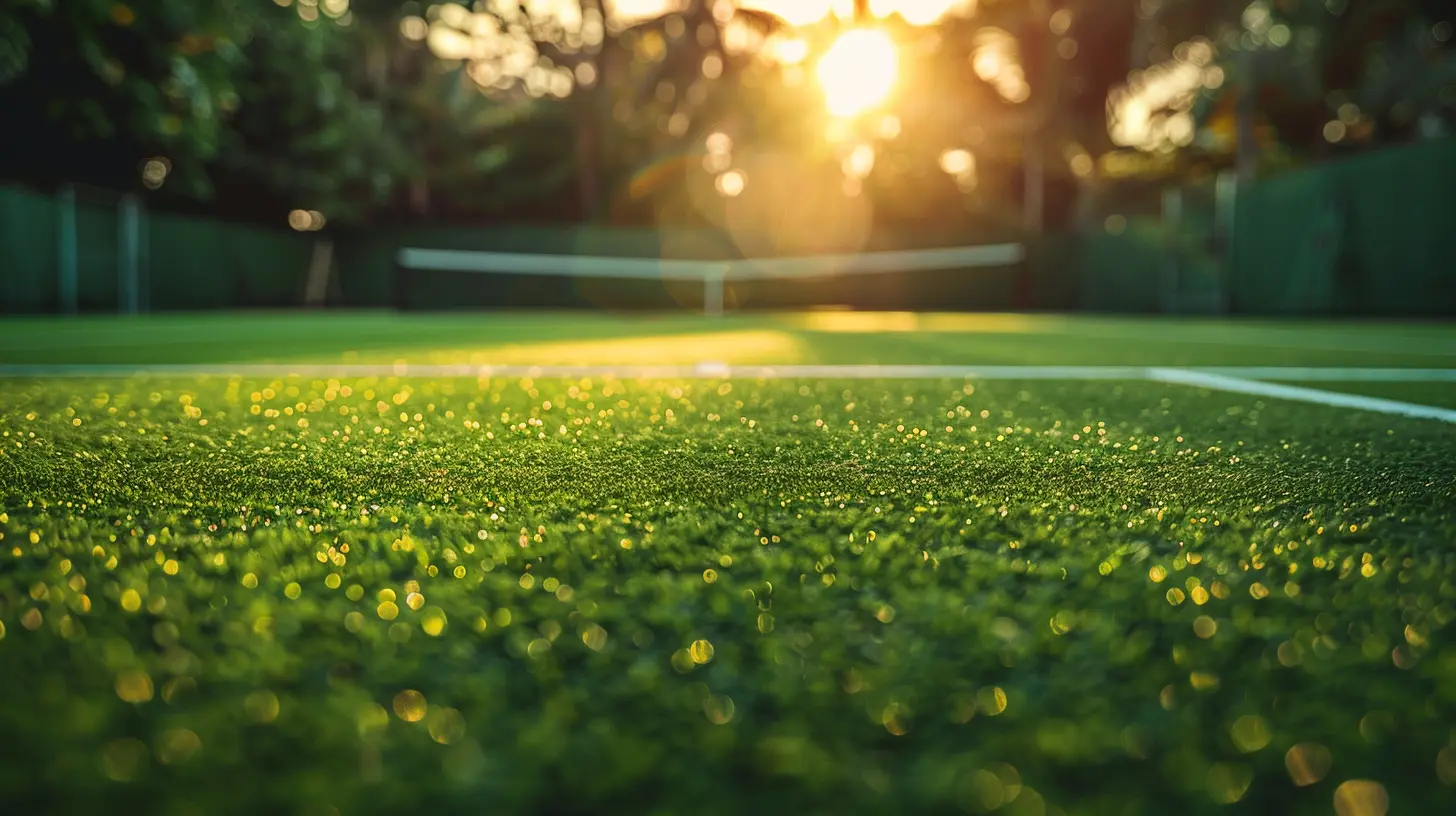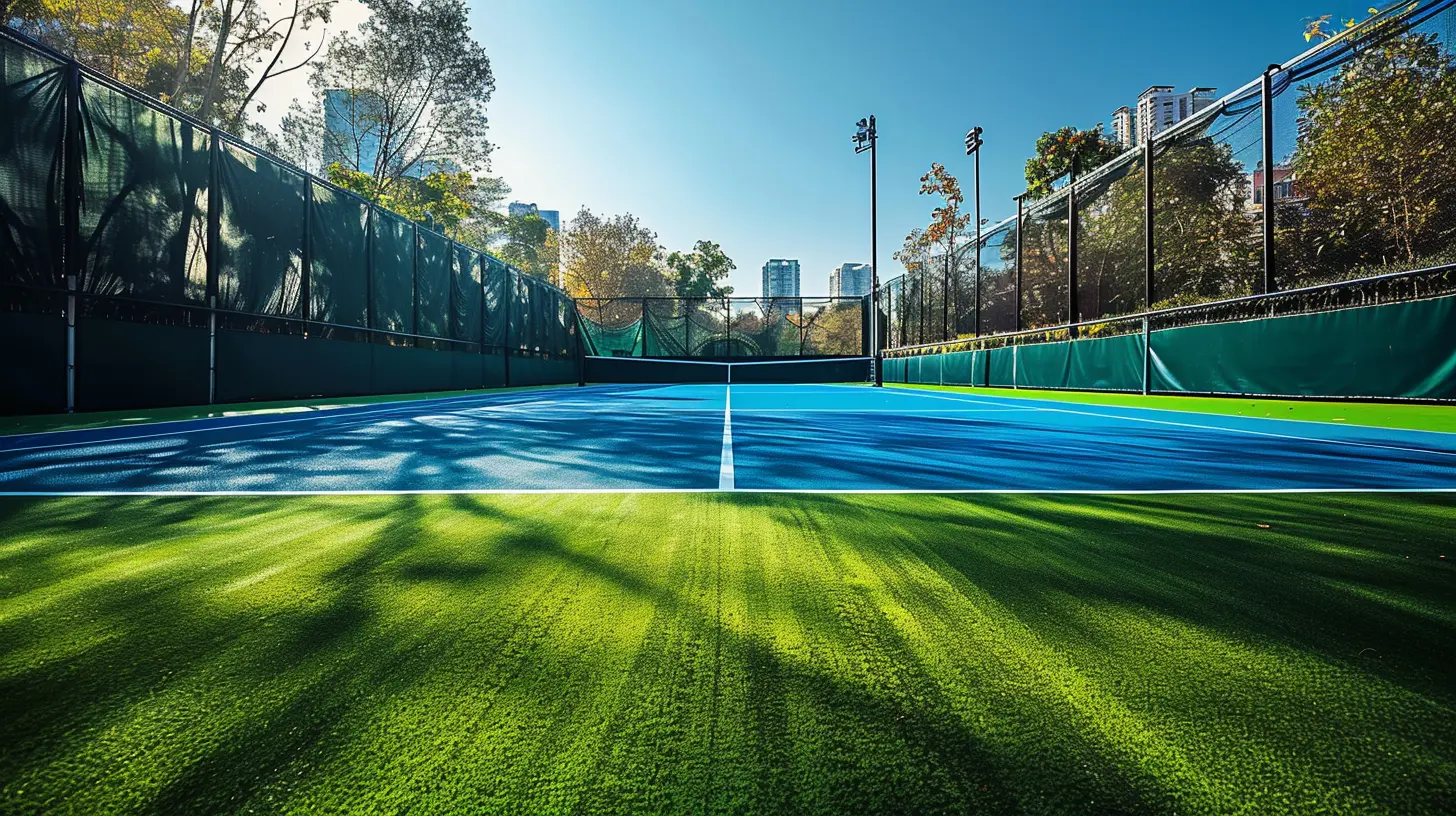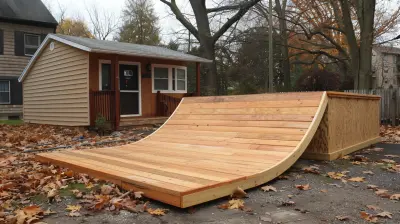The Evolution of Tennis Courts: From Grass to Hardcourt
18 November 2025
Tennis has come a long way since its royal beginnings. From elegant matches on pristine grass lawns to thunderous rallies on acrylic-coated hardcourts, the game has evolved not just in technique and power but also in the very surface it’s played on. The surface of a tennis court isn't just some trivial background — it affects the ball's speed, the players' movement, and even the longevity of a career. Let’s take a deep dive (with our tennis shoes on) into how tennis courts have transitioned over time and shaped the sport we know today.
🎾 A Royal Affair: The Grass Court Origins
So, where did it all start?Tennis, originally known as “lawn tennis,” was born in the late 19th century in England. The game was a summer pastime for the upper class, played on carefully manicured grass lawns, preferably in pristine garden estates. In fact, Wimbledon — still the most prestigious tournament — has stuck with its grass roots (pun intended) since its inception in 1877.
Grass courts were the original playground of tennis, and here’s why they mattered:
- Speed is king: Grass courts are the fastest tennis surfaces. The ball skids and stays low, rewarding serve-and-volley players.
- Unpredictability: Grass wears down during play, especially near the baseline, leading to uneven bounces.
- Maintenance nightmare: Grass requires constant care — mowing, watering, reseeding — and even weather plays a major role.
Back in the day, players like Rod Laver, Margaret Court, and Björn Borg had to adapt their style to what was essentially a slippery, green chessboard.
But as global popularity surged, the high maintenance and limited playability of grass courts led to change.
🏜️ Clay Courts: Enter the Red Dirt Revolution
Once tennis began spreading to warmer regions like southern Europe and South America, grass wasn’t exactly the best fit. Imagine trying to keep a lush, green lawn alive in the Spanish summer. Not happening.So, what did they do? They got creative.
Enter the clay court — or more accurately, crushed brick. Clay courts are most famously seen at Roland Garros, home of the French Open. The surface slows down the ball and produces a high bounce, favoring baseline grinders over serve-and-volley artists.
Why the red stuff matters:
- Endurance test: Clay courts are slower, requiring longer rallies and greater stamina.
- Sliding in style: Players learn to slide into shots, which demands a different type of footwork.
- Weather-resistant yet tricky: While clay drains well, matches can still be affected by moisture. Also, the lines need constant adjustment.
Legends like Rafael Nadal made their kingdoms on clay. His dominance at Roland Garros is proof that surface plays a huge role in shaping tennis dynasties.
🏙️ Hardcourts Take Over: The Modern-Day Arena
As tennis became global and more commercial, organizers needed a surface that was durable, cost-effective, and consistent — and that’s where hardcourts came in. These surfaces are typically made of asphalt or concrete with an acrylic top layer. Sounds tough, right? That’s because it is.Hardcourts took over from the mid-20th century onward and are now the most common surface worldwide. Both the US Open and the Australian Open are played on hardcourts.
Here’s why they’re the MVPs:
- Balance of power and endurance: Hardcourts offer a perfect middle ground between the speed of grass and the grind of clay.
- Consistent bounce: Players can rely on predictable ball behavior, which is critical for aggressive baseline play.
- Lower maintenance: Unlike grass or clay, hardcourts can withstand lots of play with minimal upkeep.
But they’re not perfect. Hardcourts are unforgiving on joints. The repeated pounding can lead to knee, hip, and back issues over time. That’s why we’re seeing more talk about alternative materials and softer underlayers.
🕹️ The Surface Dictates the Strategy
Let’s pause for a sec — you might be wondering, does the court really change that much?Absolutely. It’s not just about how the ball bounces, but how players adjust their entire game. Think of it like driving a car on snow vs. dry asphalt. The terrain forces you to react, adapt, and innovate.
- Grass favors fast play, serve-and-volley, quick reflexes.
- Clay demands patience, spin, and stamina.
- Hardcourts reward all-court versatility, power, and consistent groundstrokes.
Even the greats have had to play chameleon. Federer shines on grass and hardcourts, Nadal is the undisputed king of clay, and Djokovic? He’s the ultimate surface shapeshifter.
🛠️ The Technology Behind the Transformation
Did the courts just change on their own? Nope.The evolution of tennis surfaces is partly driven by technology and partly by necessity. Let’s dig into the tools behind the transition.
Grass Courts:
Back in the day, these were actual lawns — maintained daily, mowed in specific patterns, heavily influenced by the weather. Today, even Wimbledon has fine-tuned their grass mix (predominantly ryegrass now) to make points longer and the bounce higher. Why? To make the game more spectator-friendly.Clay Courts:
Traditional red clay is mostly common in Europe, while green clay (Har-Tru) is used in the U.S. Innovations in line-marking systems and court drainage have made matches more manageable, even after rain. Technology here is about making clay less messy and more TV-ready.Hardcourts:
Here’s where tech has really stepped up. Modern hardcourts have layers: a concrete or asphalt base, a rubberized cushion, and an acrylic topcoat. The materials can be tweaked to change the speed of the court — just ask the Australian Open, which has switched surfaces multiple times (Rebound Ace, Plexicushion, and currently GreenSet).🌍 Geographic Preferences: Playing to the Crowd
One of the cool things about tennis is how courts reflect culture and climate.- Europe adores its clay. From Spain to Italy, kids grow up grinding on red dirt.
- The U.S. is a hardcourt haven, thanks to infrastructure and climate convenience.
- Australia blends tradition with innovation, originally starting with grass and now leading in hardcourt tech.
- The UK? Still fiercely loyal to grass, thanks to Wimbledon, but even local clubs have shifted towards synthetic surfaces for year-round play.
This geographical split has also shaped player development. It’s no accident that Spanish and Argentine players dominate on clay, while Americans have historically excelled on hardcourts.
🧪 The Future of Tennis Courts
Let’s face it — the tennis court of the future might look very different from what we see today. With climate change, player health concerns, and sustainability taking center stage, the industry is experimenting with new materials and court designs.Possible innovations on the horizon:
- Shock-absorbent hardcourts to reduce joint stress
- Eco-friendly surfaces that use recycled materials
- Hybrid courts that mimic the feel of multiple surfaces
- Smart courts embedded with sensors to provide real-time data
Even venues like the US Open are exploring ways to make their surfaces more player-friendly without compromising the speed and excitement.
🧩 How Court Evolution Shapes the Game
It’s not just about comfort or convenience. The shift in surfaces has dramatically shaped the way tennis is played — and watched.Think about it:
- Would Rafael Nadal have become “the King of Clay” if he’d grown up on grass?
- Would Roger Federer’s elegant backhand be possible without the consistency of hardcourts?
- Would the power game dominate if all we had were slow surfaces?
The court is more than just a playing field. It's a canvas — and every surface paints a different masterpiece.
🎯 Conclusion: Surface Matters, Always Has
Tennis isn’t just about racquets and rankings — it’s about terrain. The evolution from grass to clay to hardcourt is a journey of adaptability, innovation, and survival. Each surface has its own story, and each has shaped legends in its unique way.So next time you watch a match, don’t just look at the players. Look at the court. It’s quietly influencing every serve, volley, and sliding forehand.
Whether you’re a casual fan, a seasoned player, or just someone who loves a good underdog story, the evolution of tennis courts isn’t just fascinating — it’s foundational.
all images in this post were generated using AI tools
Category:
TennisAuthor:

Nelson Bryant
Discussion
rate this article
1 comments
Kassidy McVicker
The transition from grass to hardcourt has fundamentally altered tennis dynamics, influencing player strategy and game pace significantly over time.
November 18, 2025 at 4:36 AM


